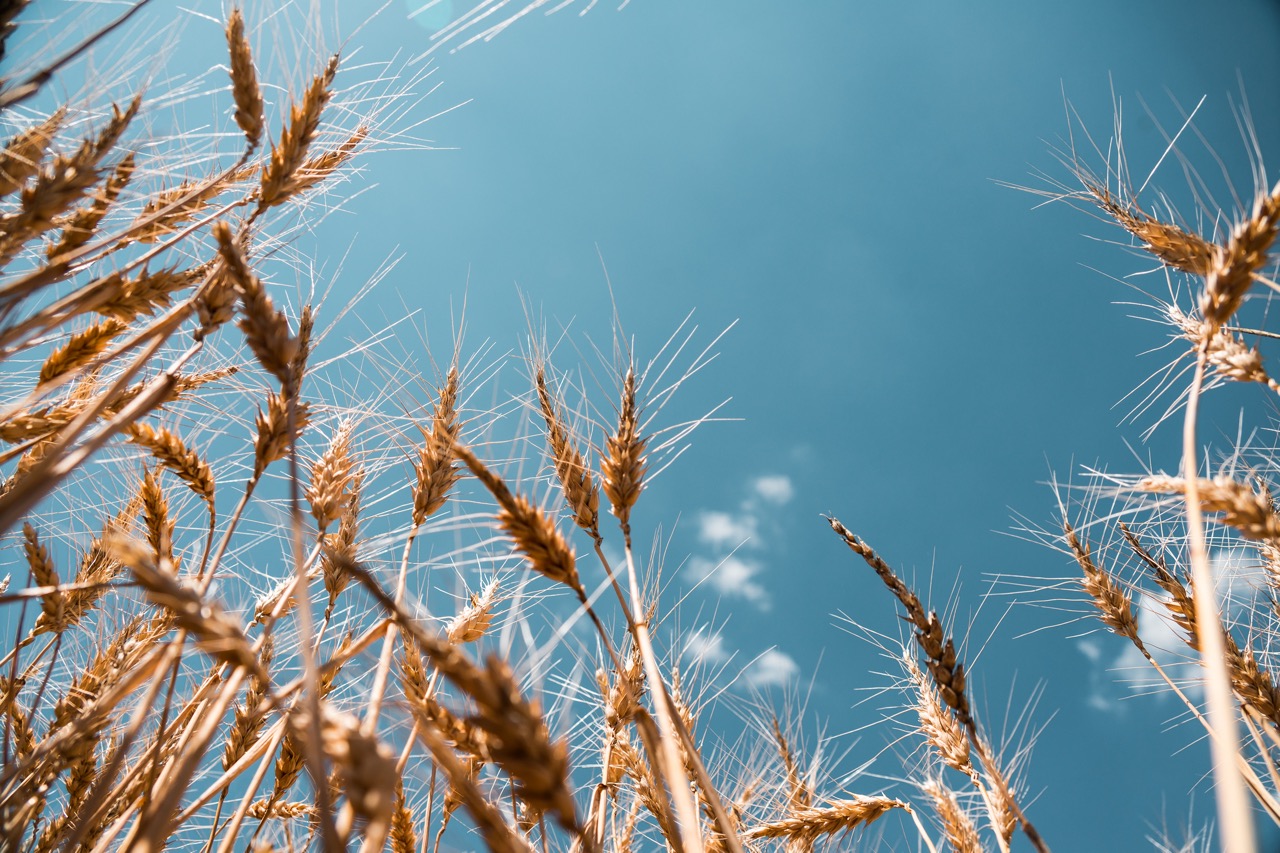Exotic wheat: British scientists experiment with grain varieties
Exotic wheat was bred by crossing a traditional variety with a wild
Wheat is the most sought-after crop on the world market. However, its yields are declining due to climate change and environmental problems. Breeding has made the plant less resistant to external factors and aggravated the situation. Therefore, one of the main tasks of scientists is to develop new varieties of grain. Grain that can be grown even in harsh weather conditions. There are already the first results of such developments. One of them was presented by specialists from Great Britain. Their exotic wheat was bred by crossing wild and widely used varieties of this crop.
According to the research, grains containing wild-type DNA can give 50% more yields than traditional crop varieties with little rainfall. While working with wild wheat, British scientists also considered the adverse effects of crossbreeding. They managed to neutralize the undesirable effects of combining the genomes of wild and traditional varieties and simultaneously increase grain resistance to climatic changes. It should be noted that this is only the first step in creating wheat that will produce high yields even in dry periods. However, the variety is only undergoing the necessary testing. It has yet to be ready for mass use.
More and more countries are considering using genetically modified crops. Using in addition to plants obtained through standard breeding mechanisms. In March 2023, the Brazilian Ministry of Agriculture issued a permit to cultivate GM wheat. Bioceres developed the HB4 variety in Argentina.
Exotic wheat in Brazil
Brazil is the second country after the variety’s homeland to approve cultivating this type of grain for commercial purposes officially. In the future, GM wheat should be evaluated in other Latin American countries.
In Brazil, 2-3 hectares of cultivated area are allocated annually for this crop’s cultivation. Brazil and Argentina account for about 90% of South America’s total area sown with grain.
Before the HB4 variety was allowed to be cultivated, Brazil had been using flour made from this wheat for human consumption and as animal feed since 2021. Now GM wheat will be grown directly in the country. It can be exported after obtaining approvals from other countries.
In addition, scientists from Bioceres plan to join forces with Brazilian colleagues to breed new GM varieties. It can give good yields in subtropical climates. In addition, the company is also exploring the possibility of double cropping in the country. For example, the cultivation of wheat could be alternated with the cultivation of legumes in arid regions of Brazil.
